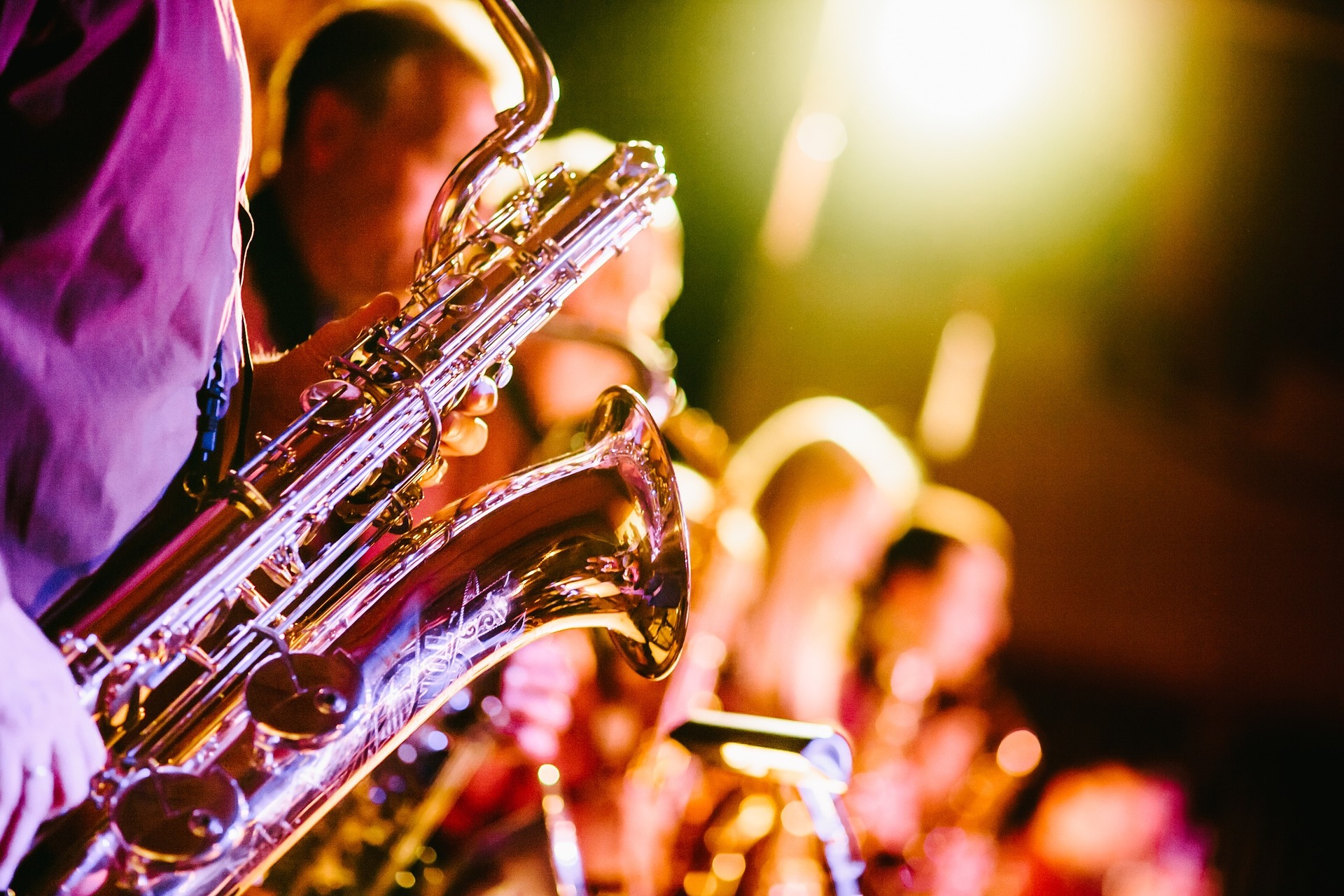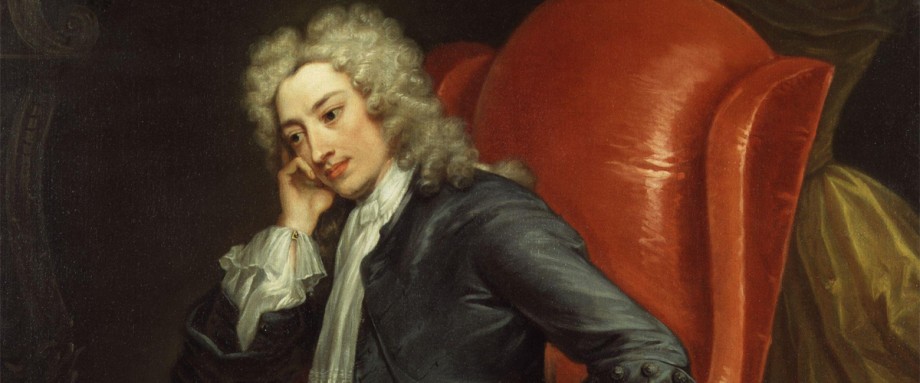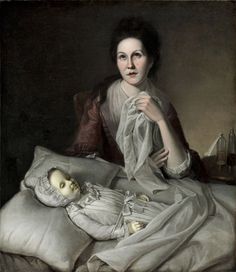Critical Analysis of Women’s Rights:
In ‘Women’s Rights’, Annie Louisa Walker talks more about women’s duties than about women’s rights, as we conceive of democratic rights in this day and age. This was, of course, perfectly acceptable at the time in which she was writing – late nineteenth or early twentieth century – which was before the dawn of the feminist movement. In fact, all that she says about women’s lives are in perfect accordance with Victorian social mores and values. However, this poem is as pre feminist as it is post-feminist. In the twenty-first century, feminists are no longer like the bra-burners and man-haters of the second wave. They feel it is perfectly acceptable for a woman to choose to be a housewife. In addition to this, Marxist feminism also believes that women’s work in the household ought to be valued at par with men’s work in the world outside. Keeping all this in mind, it would be wrong to say that Annie’s Louisa’s view of women’s lives is old-fashioned. What we can say about it is that it captures the spirit of the age in which she lived, and can even appeal to certain kinds of contemporary readers.
Stanza-wise Annotation of Women’s Rights:
Please note: N= noun, V=verb, Adj=Adjective, Adv=Adverb, P=preposition
1st stanza:
Rob (V): To steal
Cherish (V): To put a high value on something
Mission (N): (i) an important assignment given to a person or group of people
(ii) the vocation or calling of a religious organization, especially a Christian one, to go out into the world and spread its faith
Both meanings are combined here. It is both women’s vocation or job to take care of the home (according to Annie Louisa), and also an assignment that has been given to them by society
Portray (V): To describe (someone or something) in a particular way
2nd stanza:
Dwell (V): To live
Seclusion (N): Alone, and away from everyone else
Harsh (Adj): Unpleasantly rough or severe
Strife (N): Trouble or difficulty of any kind
Jarring (Adj): Clashing
Aloof (Adj): Not friendly, but cool and distant
3rd stanza:
Inane (Adj): Without any sense or meaning
Abstraction (N): The quality of dealing with ideas rather than solid objects or events
Deck (V): To decorate something
4th stanza:
Humble (Adj): Without displaying any pride
Country (N): Not nation; districts and small settlements outside large urban areas or the
capital
Hedgerows (N): Rough or mixed hedges of wild shrubs and occasional trees, typically
bordering a road or field
Treasure (V): To store up something
Yield (V): To produce or provide
Odours (N): Smells
Ere (P): Before
The day’s declining: The end of the day; the coming of night-time
5th stanza:
Unobtrusive (Adj): Not getting in the way of anyone or anything
Privileged (Adj): Having special rights or advantages
6th stanza:
Circle (N): Not the geometrical figure; a group of people with a shared profession, interests,
or acquaintances
Aid (V): To help
Laid (V): Put or placed in a horizontal position or position of rest
Poetic Devices in Women’s Rights:
Rhyme scheme:
Each of the six stanzas in Annie Louisa Walker’s poem ‘Women’s Rights’ follows the same simple rhyme scheme – ABCB. This gives the poem a lilting and relaxed rhythm. This kind of rhythm also matches well with the content of the poem, for Annie Louisa preaches a peaceful and tranquil life for women within the domestic sphere.
Rhetorical devices:
1st stanza:
Apostrophe:
This rhetorical device is used when a poet addresses his or her poem to an absent audience. Annie Louisa uses the device of an apostrophe when she addresses her poem to the whole of Victorian society, who are not before her as she is writing ‘Women’s Rights’ but who are ostensibly the audience that should understand her view on women’s role in the household.
Personification:
This rhetorical device is used to give human qualities to something that is incapable of human actions. Annie Louisa uses the device of personification when she gives the heart of women the human capability to paint pictures or have visions.
4th stanza:
Simile:
This rhetorical device is used when an overt comparison is made between two different things or ideas. Annie Louisa uses the device of simile when she compares women with plants that store up rain only to release it as a fragrance. Women are similarly resourceful in the poetess’s view.
6th stanza:
Synecdoche:
This rhetorical device is used in many ways to represent one thing with the help of an entirely different one. In this case, Anna Louisa uses the device of synecdoche to use a part to represent the whole; she uses the word “heart” to represent the entire human being. She says that no human being apart from their families will remember where women who have lived their quiet lives are buried.
Central Idea of Women’s Rights:
Annie Louisa Walker speaks frankly about women’s lives spent entirely within the domestic sphere in her poem ‘Women’s Rights’, as many other Victorian poets and writers (for example, John Stuart Mill) have done. What is remarkable about the poem, however, is her attitude to this lifestyle of the women of her time. Annie Louisa does not feel this lifestyle to be confining or restrictive in any way whatsoever. Rather she tries to represent women’s work in the home as an honourable task, and one that women ought to be grateful for. She believes women should be content with their lives and cherish the opportunity to make everyone around them happy.
Themes of Women’s Rights:
Separate spheres for men and women:
In constantly contrasting between men’s world and women’s world, Anna Louisa advocates the Victorian concept of separate spheres for men and women. She says that women ought to occupy the domestic sphere, and men the world outside the home. She associates women’s world with joyful work, and tranquillity. On the other hand, she associates men’s world with quarrels, disagreements, battles, and other difficulties. She is also fully aware that it is men whose lives matter, and whose deeds are cherished in the pages of history. Women’s lives are neither remembered nor should they be.
Women as the ‘angels in the house’:
The common Victorian phrase ‘angel in the house’ is taken from Coventry Patmore’s poem of the same name. This phrase can be applied to the Victorian mindset quite easily, and can also be applied to Annie Louisa Walker’s poem ‘Women’s Rights’. Like others of her time, Annie Louisa believes it is for women to make the home a peaceful and welcoming place, away from all the troubles of the outside world, and that women should be thankful for the opportunity to do this kind of work.
The connection between women and nature:
Women are often connected to nature in conventional Victorian poetry, and a binary is set up between women/nature and men/culture. Annie Louisa’s poem is no exception. She compares women to plants and says that they both serve men with their resourcefulness. On the other hand, men shelter women from the outside world and take an active part in history, civilization, and human culture as we know it.
Contentment with what one has:
Throughout this poem, Annie Louisa says that women ought to be content with their roles within the household. They should not yearn for anything else since the work they do to make the home a better place is a noble task. They should not expect any recognition in their lives, or after their deaths either. Instead, they should labor to spread joy everywhere.
The Tone of Women’s Rights:
‘Women’s Rights’ starts off in a defiant tone, but after the first stanza that tone disappears completely, and does not reappear at any point during the remaining length of the poem. The second stanza and half of the third stanza have a slightly defensive tone as Annie Louisa says that women do not merely laze around the house. In contrast, the other half of the fourth stanza, the fifth stanza, and the sixth stanza have a noble tone as Annie Louisa preaches the kind of honourable life women lead in the society of her time. The sixth and final stanza has a slightly sombre tone as the poetess confronts the thought of death, but even then the nobility that surrounds women’s lives is not lost in her verse.
Conclusion:
‘Women’s Rights’ is a typical Victorian poem. It abounds in Victorian values, and seems antifeminist in its orientation. However, upon closer reading, it reveals an unusual respect for women’s work and lives, and therefore, the poem should be valued for upholding the same.
Some online learning platforms provide certifications, while others are designed to simply grow your skills in your personal and professional life. Including Masterclass and Coursera, here are our recommendations for the best online learning platforms you can sign up for today.
The 7 Best Online Learning Platforms of 2022
- Best Overall: Coursera
- Best for Niche Topics: Udemy
- Best for Creative Fields: Skillshare
- Best for Celebrity Lessons: MasterClass
- Best for STEM: EdX
- Best for Career Building: Udacity
- Best for Data Learning: Pluralsight













